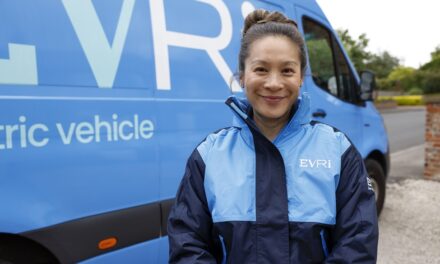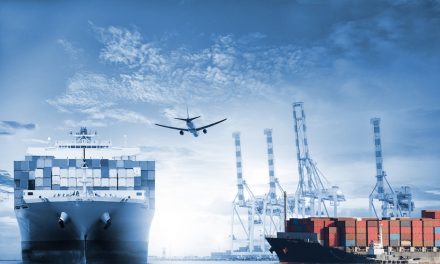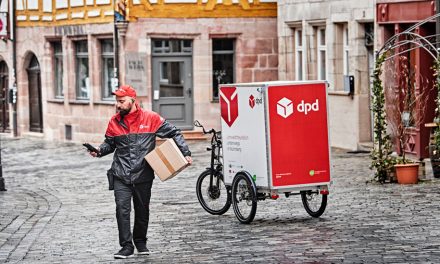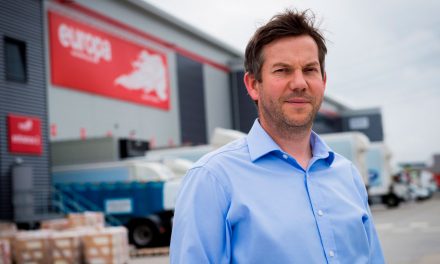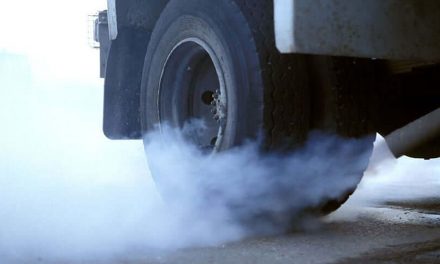
Logistics sector can play full part in UK emissions target
The UK Freight Transport Association (FTA) believes the logistics sector can play a key role in helping the Government achieve its new ambitious emissions target. Earlier this month, the UK Government committed to halving greenhouse gases by 2025 against 1990 levels.
The Association says it has already seen some of its members commit to a reduction in the carbon intensity of their freight operations of 8% by 2015, compared with a 2010 baseline.
This follows the publication of the FTA’s first annual report of the Logistics Carbon Reduction Scheme (LCRS) earlier this year.
Simon Chapman, FTA’s Chief Economist, said: “So far, transport has proved one of the most stubborn areas of carbon dioxide emissions to reduce, with other sectors of the economy having taken much of the strain as car traffic and commercial vehicle activity continued to grow.
“Over the last decade, through innovative practices linked to routing and scheduling of vehicles, the freight industry has managed to decouple HGV activity from economic growth. To make inroads into the absolute level of carbon dioxide emissions produced, real-time use of these techniques will need to be combined with wider use of alternative fuelled vehicles, more freight moving by rail and a continued focus on fuel efficiency.
“‘The LCRS commitment to reduce the intensity of emissions underlines the fine line that business must tread. The desire for an absolute cut in emissions from freight must not be at the expense of freight supporting the competitiveness of the economy and serving consumers.”
The FTA confirmed that the LCRS – launched in July 2010 – has attracted the support of 52 businesses operating in excess of 48,000 commercial vehicles, ranging from major high street retailers and third party logistics providers to utility companies.
Earlier this year, the LCRS received the backing of transport minister Mike Penning MP who stated that the scheme should “deliver real progress toward the UK’s carbon reduction targets”.
Members of the Scheme regularly report their fuel use figures from which carbon dioxide emissions are derived. Over time can any improvement can be monitored.
Chapman concluded: “Climate change is one of the greatest transport policy challenges facing the government. For the logistics sector, many of the opportunities to reduce carbon dioxide emissions have the potential to be a win-win, with cost reduction going hand in hand with cutting fuel use. However, what can be done at an individual operator level and by vehicle manufacturers can only get us so far down the path of contributing to the government’s targets.
“To go beyond the 8% carbon intensity reduction target by 2015 that scheme members have signed up to, government has a role to play. Increasing vehicle dimensions, reducing the relative cost of rail freight and encouraging trucks to deliver out of peak hours all have a carbon dioxide reduction payback, but are out of industry’s hands to deliver.”


